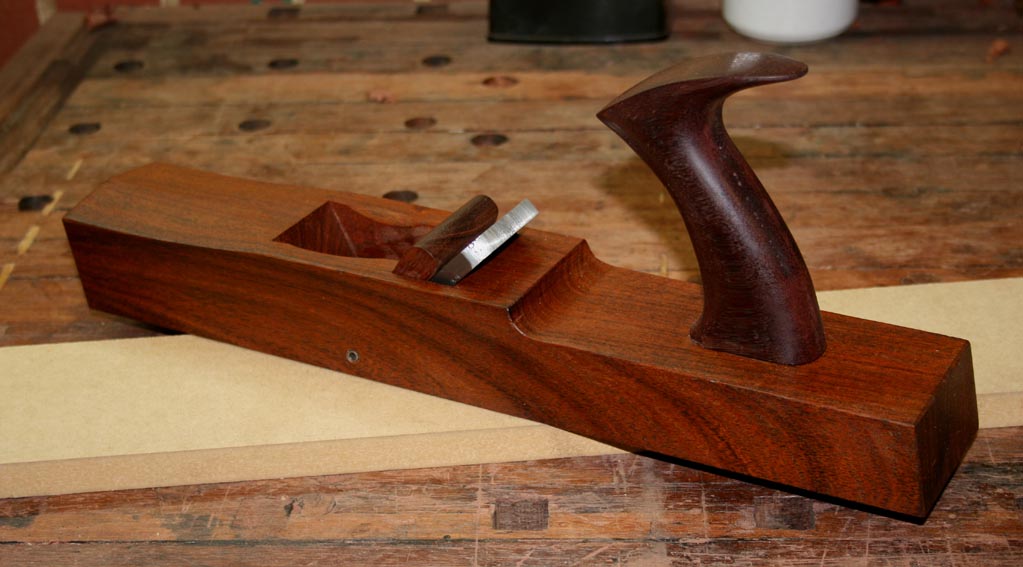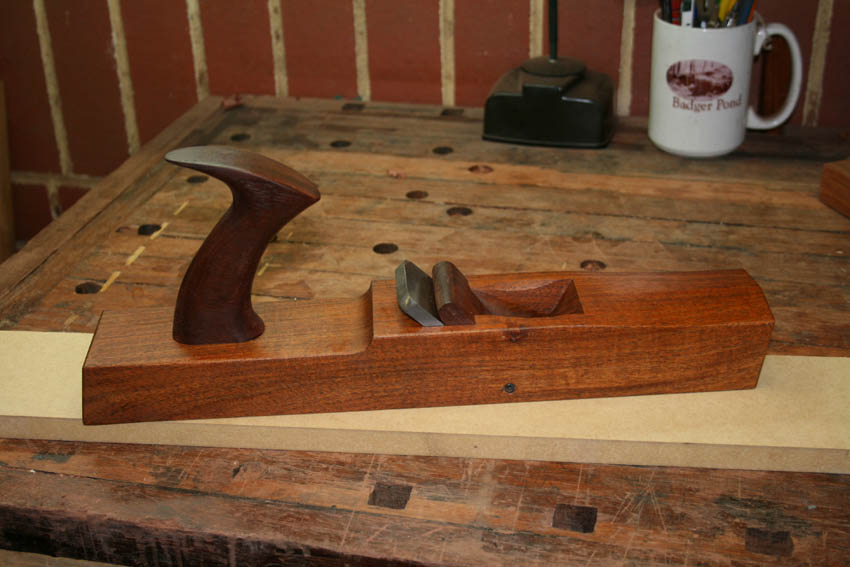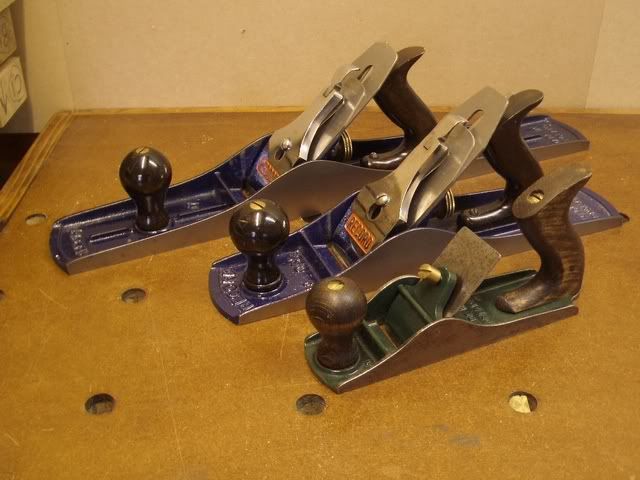Carl P
Established Member
I've just got lucky with some plane buying which means I have an excess of wooden bench planes. Maybe now is the time to make one into a dedicated scrub, I've looked into it and there seem to be two favoured sizes, roughly a No. 4 or a No.5, with an iron between 1 and 1 1/2" wide. Just wondered if anyone with some experience of them has any advice before I start.
Thanks,
Carl
Thanks,
Carl







